[car home test drive] It should be two years since I first came into contact with FAW-Volkswagen CC. At that time, a 200-horsepower 2.0TSI engine was under my feet at a weight of 75 kg, which had a good acceleration performance and a good shape. Today, a 3.0L V6 naturally aspirated engine is propelled by my 85kg, and we have all increased.
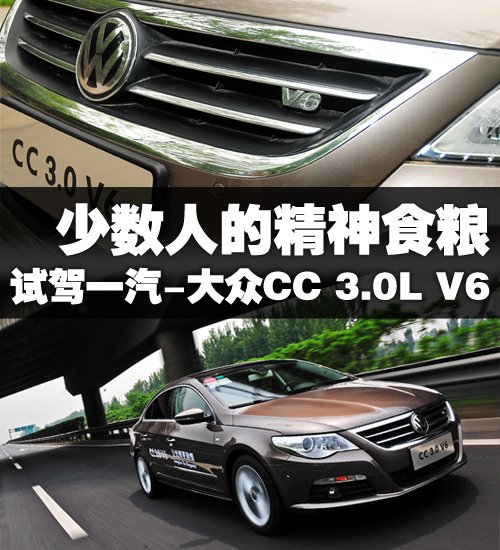
Every time I test-drive a large-displacement naturally aspirated car, I feel very excited, and it is the same today. However, when I look at the situation of a medium-sized car with a large-displacement naturally aspirated engine, I can’t help but lick my teeth. Because the sales volume is really unsatisfactory, most of them have only become spiritual food for a few people to satisfy themselves, such as the 3.0L Reiz, the 3.0L LaCrosse and the 3.5L Accord.
● Little change in appearance and interior.
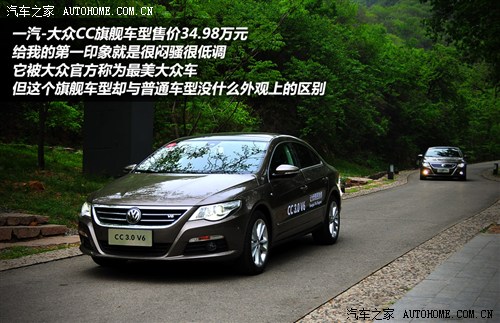
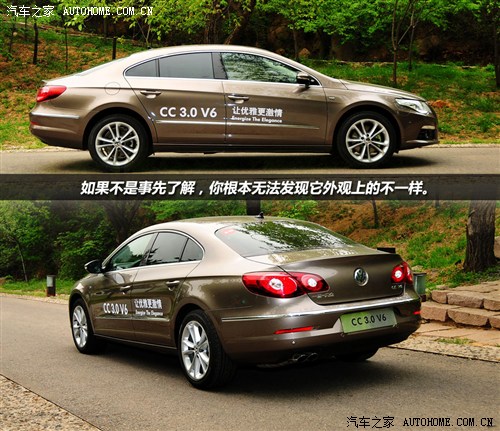
When I saw the CC with 3.0 V6 in the parking lot, it was really difficult for me to distinguish it from the 2.0T car two years ago. Like the Magotan and Passat with 3.0L, there was no obvious difference in appearance from the 2.0T car. It was still the most beautiful Volkswagen car officially called, with different aesthetics, which was just an official statement.
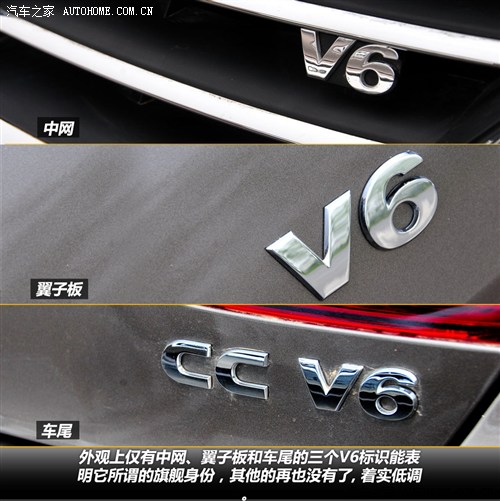
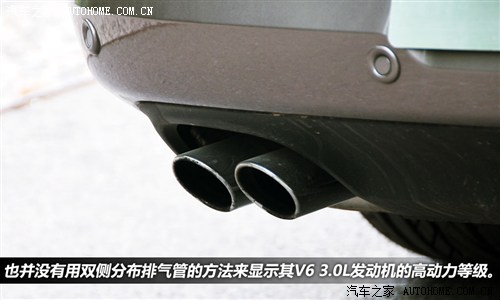
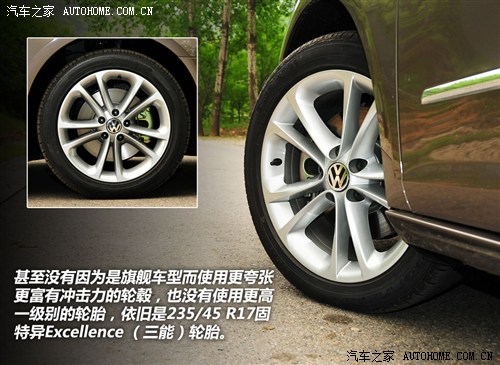
This CC is low-key enough, and the body has not added any whitewash and makeup points because of its different identities. Even the tire size and wheel hub shape have not been specially designed, and the double exhaust pipes are still distributed on the single side of the rear. The only place that can distinguish 3.0 V6 CC is the net, fender and V6 nameplate with extremely simple style on the rear of the car, which seems to be nothing more than that. Only these inconspicuous signs can satisfy the car owners psychologically.
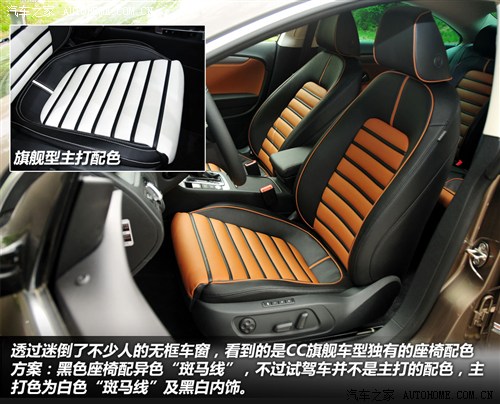
The frameless window has fascinated many people, and it has to be admitted that its sports effect is also obvious. At this price, few cars use frameless windows. Through it, I saw the unique color scheme of V6 engine CC interior, but what we saw today is not the iconic main color. The white and black seats and white and white door panels are the main color schemes.
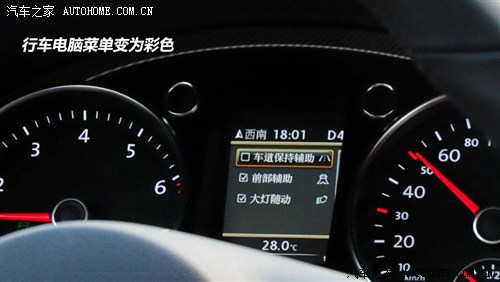
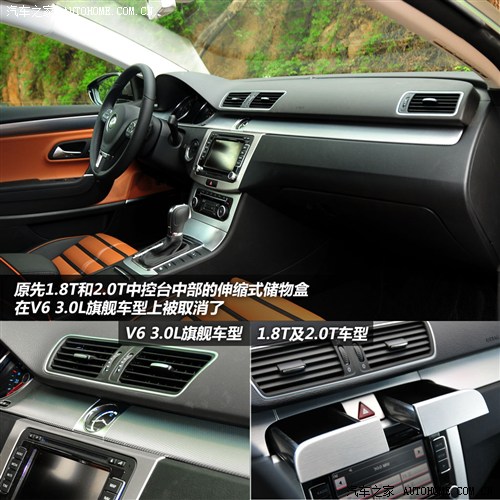
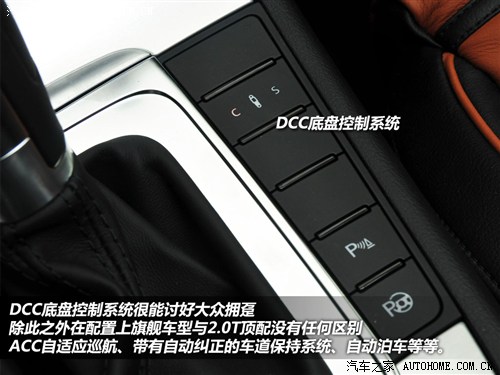
Like Magotan, the driving computer screen has also turned into color. We found that two small drawers on the flagship CC center console were missing. I don’t know what the reason is, to ensure the integrity of the center console or to control the cost. In addition to these painless changes, what is more important is the DCC chassis control system that can please the public.
● Test drive feeling: linear, but not carefree enough.
Opening the engine compartment cover is much more substantial than that of the 2.0T model. The six cylinders of this CC are V-shaped, and the cylinder angle is only 15 degrees, so they use a cylinder head because of the compact layout of the six cylinders. This engine can contribute the most.powerMaximum of 250 horsepower and 310 nm.twist momentIt is better than the 2.0T engine in terms of parameters, but the self-weight of the vehicle has also increased.
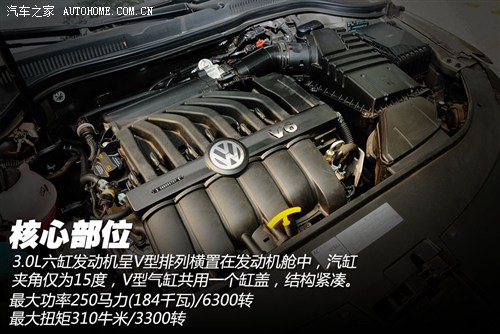
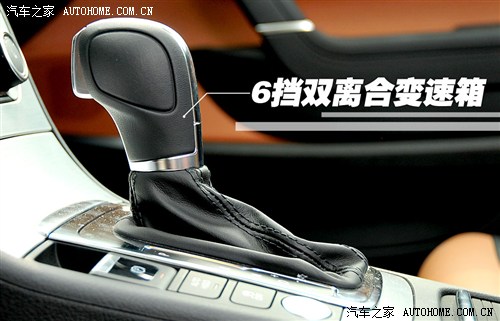
Press the key next to the gear handle to start, and this 3.0L engine enters the working state. Under the D gear, when stepping on Volkswagen’s slightly vague or even boring accelerator pedal, CC will slip out of the parking space and sneak to the bad morning rush hour in Beijing. I can’t wait to adjust the DCC chassis control system to the comfortable mode. At this time, if you pay attention, you will feel that the suspension has become relatively soft after a certain period of adjustment, which can only be said to be relative because the amplitude is limited.
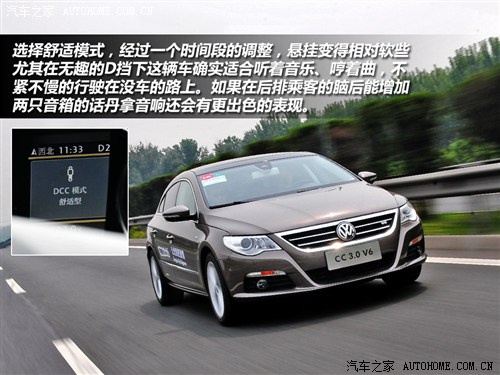
Listening to music and humming, driving at a low speed on a congested city road, the reserved power can easily and quickly follow the car ahead, even if the speed has been pushed to 2000 rpm under the feet, the bowstring will not be suddenly tightened like the 2.0T model, and the surrounding noise will not annoy the passengers in the car.
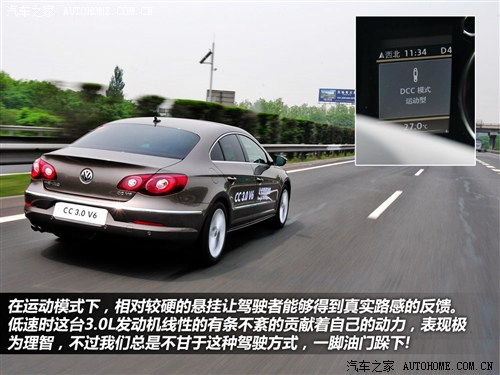
At high speed, start the sports mode, and the relatively hard suspension can give me a more realistic feedback on the road conditions, and the feeling of pressing over the joints on the bridge deck will be clearer every time. Maintaining a low speed, the 3.0L engine contributes its own power in an orderly way, and it is very rational. At low speed, the torque output is somewhat conservative. This driving style makes me feel a little sorry for this displacement, and then I step on the throttle deeply.
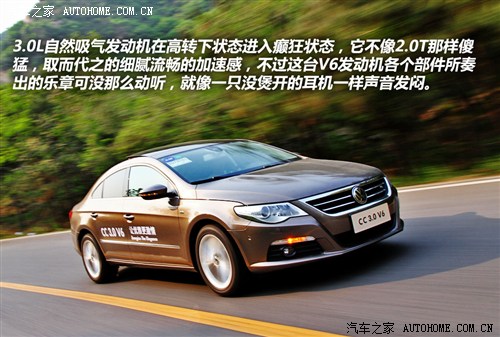
Only a high speed can excite the naturally aspirated engine into madness, which is the characteristic of the naturally aspirated engine. It tries its best to express itself. The linear acceleration makes my heart very practical, and the sense of subsequent reserve of power is slightly stronger than that of the 2.0T model. However, this Volkswagen V6 engine didn’t make me feel carefree and pure. Although the whole acceleration process was extremely coherent and in one go, it was arranged in a rigid way, and the reserved power didn’t erupt like flood discharge, which was different from the carefree feeling of V6 engine in my memory, and there was still room for improvement in the grumpy index. At the same time, the movement played by the engine is not harmonious enough, and the sound line is a little dry. In addition, the tire noise caused by Goodyear tire explosion made us very dissatisfied.
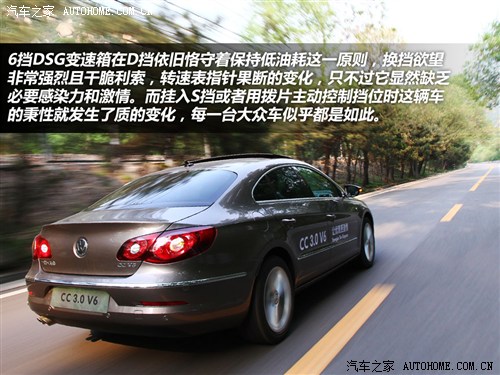
The 6-speed DSG gearbox is still a familiar performance. Under the D gear, it strictly puts the priority of reducing fuel consumption to the highest level. The strong sense of upshift and the simple upshift action keep the speed at a low level at all times. Usually, the shift is accurately completed at 2000 rpm, which is the characteristic of every Volkswagen. Pull the gear lever into the S gear, or manually shift gears with your fingers, and the nature of this car will change qualitatively. Delaying the shift speed can show the performance more comprehensively, but it has not yet reached the state of making you exclaim.
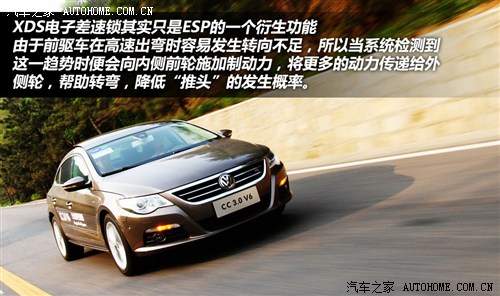
The model CC 3.0L V6 is equipped with XDS electronic differential system, but it is only an electronic aid. It is derived from ESP, and its purpose is to reduce the probability of understeer when the front drive turns at high speed. When turning, the system will apply braking force to the inner front wheel, and at this time, the outer wheels can get more power to help turn smoothly by using this principle.
Summary:
A CC flagship model with larger displacement and higher grade, first of all, has to admit that V6 3.0L sounds like a very good powertrain, which fully demonstrates the position of this car in all products. During the day’s test drive, this engine gave me more feelings of being conservative and introverted, not not carefree, but not carefree enough, and there was no obvious gap between it and the 2.0T model in acceleration feeling. DCC chassis control system has a certain effect, which is also the configuration that many public fans have been longing for, but this time it finally has. CC is positioned as a medium-sized car that focuses on sports, but it seems that there is no obvious advantage in terms of large displacement in the current market. FAW-Volkswagen never wants to make the 3.0L CC a car with a large volume, and enriching the product line is the first place. At the same time, I think this flagship model can also become its owner’s spiritual food, and the 2.0T will still be the main model. (Graphic car home Zhang Ke)


> > The most comprehensive and authentic performance data, the most timely new car test drive! It’s in car home to evaluate the channel <<
Click on the relevant links to view the detailed demonstration of ACC adaptive cruise, yaw correction and automatic parking.
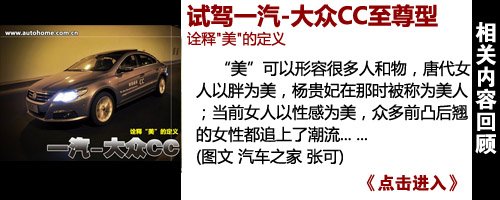
关于作者